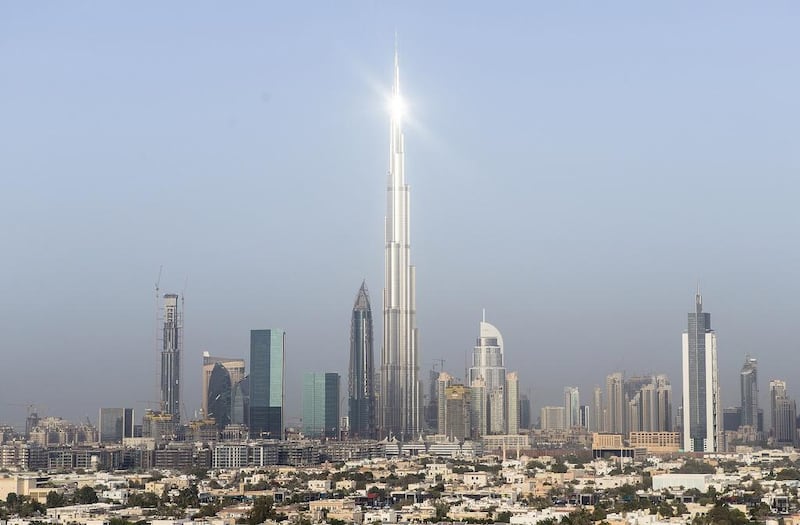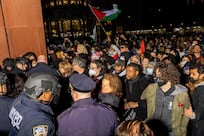DUBAI // The Burj Khalifa and Dubai World Trade Centre have joined a growing list of UAE buildings to adopt an earthquake-detection system to help determine when to evacuate highly populated areas.
The Online Alerting of Structural Integrity and Safety (Oasis) is to be used by Dubai Municipality so emergency services will know when an action plan will have to be issued in the event of an earthquake. The Rapid Evaluation and Assessment Programme (Reap) will then be used to detect when a building is safe to re-enter.
The emirate does not sit on a fault line and last felt the force of a nearby seismic incident when a 5.1-magnitude earthquake struck Iran in May last year.
Despite the rarity of quakes here, regulations require buildings of 10 floors or higher to be built to withstand a magnitude-5.9 earthquake.
American Derek Skolnik, project manager for Kinemetrics, the business behind the warning system, said it was designed to avoid costly, and potentially dangerous, unnecessary evacuations.
“We are talking here about getting people back into buildings following an earthquake,” he said. “They can be rare but scary. This technology can empower decision-makers of critical buildings, such as Burj Khalifa, to competently manage a difficult situation and take decisions on evacuation and safe re-entry.”
Kinemetrics Open Systems and Services technology is already being utilised to monitor buildings in Abu Dhabi, including Capital Gate and the headquarters of Aldar and Adnoc.
Sensors throughout the Burj Khalifa, the world’s tallest tower, provide accurate data of movement to help officials make an informed action plan.
“We have studied the building and we know what it can take during an earthquake,” Mr Skolnik said.
“That information can then be disseminated to the right people. It is emergency-response planning and the goal is to improve safety.
“Evacuating 10,000 people from Burj Khalifa is a challenge and could be an unsafe situation if there was panic.
“We would only want to evacuate in an absolute emergency. This will also minimise loss and promote business continuity.”
nwebster@thenational.ae







